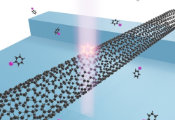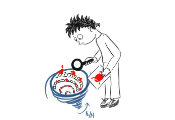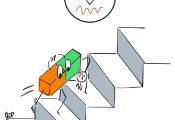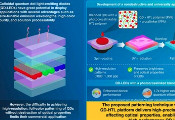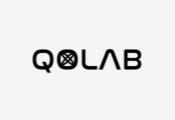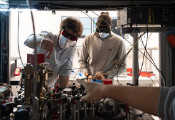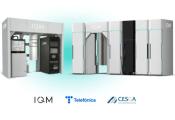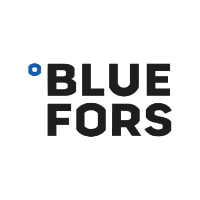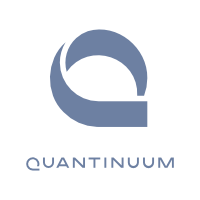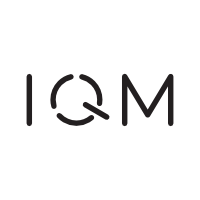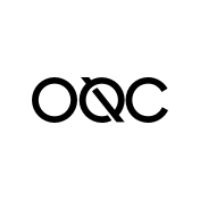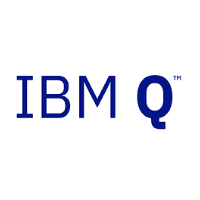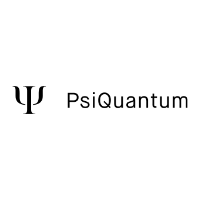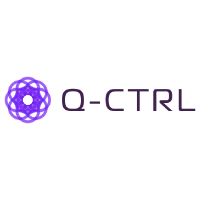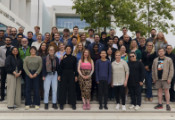Distributing Entanglement Across Quantum Dots
February 19, 2025 -- A team at QuTech has demonstrated the initialization, readout and universal control of four qubits made out of eight germanium quantum dots, realizing a first-in-its-kind quantum circuit. These results, published in Nature Nanotechnology and featured on the journal’s February issue cover, mean more than just highlighting the potential of semiconductor qubits as a platform for large-scale quantum computing.
Four interacting semiconducting qubits
The quantum computer of the future will incorporate large numbers of qubits, the quantum equivalents of computer bits. Compared to conventional bits that are either ‘0’ or ‘1’, qubits can also be a superposition of all states in between ‘0’ and ‘1’. To build a full-scale quantum computer, the key challenge is therefore to achieve reliable control and coupling of increasing numbers of qubits. The team of researchers from TU Delft and TNO, working together in QuTech, has now pushed the envelope by creating a system of eight interacting spins encoding four semiconducting qubits that can be controlled with high fidelity by a myriad of gate electrodes (see image). The high level of control allowed the team to precisely move quantum information from qubit to qubit.
Playground for quantum simulations
First author Xin Zhang: “Our initial aim was to create a playground for simulating quantum phase transitions or studying magnon propagation across arrays of spins. That’s why we created an array of two by four quantum dots, each occupied by a single spin, and began to develop the methods needed to calibrate the coupling between neighbouring spins and probe the system. Cornerstone of the work was the initialization, control and readout of each of the four adjacent spin pairs in the array. Seeing these pairs as qubits, with a spin singlet and spin triplet state as ‘0’ and ‘1’, we had effectively realized a four-qubit system involving eight spins.” The level of universal control over this system represents a milestone on the road towards full-scale quantum computation.
Quantum information transfer
One of the hallmarks of the quantum computer is that the qubits can be entangled, whereby the quantum state of one qubit is intimately intertwined with the state of another qubit, giving quantum computers their special computing power. To highlight the capabilities of their 2×4 system, the team at QuTech entangled the first and second qubit, and then swapped the entanglement from the second to the third qubit, and finally to the fourth one. The end result was that the first and fourth qubit were entangled, with a 75% Bell state fidelity. “This is the first time anyone realized this operation, and there’s plenty of room for improvement,” says Lieven Vandersypen, who led the team.
Unthinkable ten years ago
The publication in Nature Nanotechnology not only describes the next step on the way to larger numbers of spin qubits but also provides physicists with a versatile platform to investigate quantum phenomena with utmost control. Vandersypen: “Along the way, we are getting better at building and operating systems of multiple qubits. Our current levels of control, understanding and engineering skills were unthinkable, let’s say, ten years ago. What was extremely hard then has become easy now. It’s kind of our motto: more, better, easier. Constantly moving the goalposts is essential if we want to arrive at full-scale quantum computation.”

